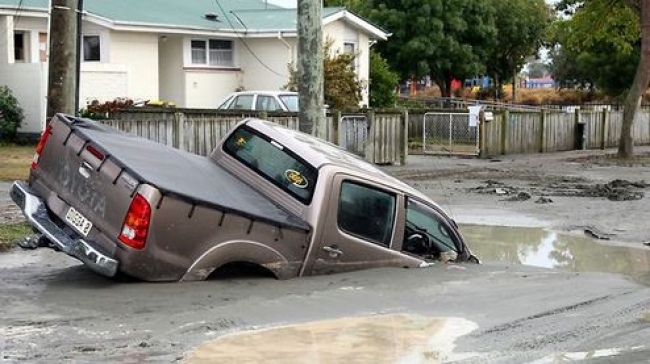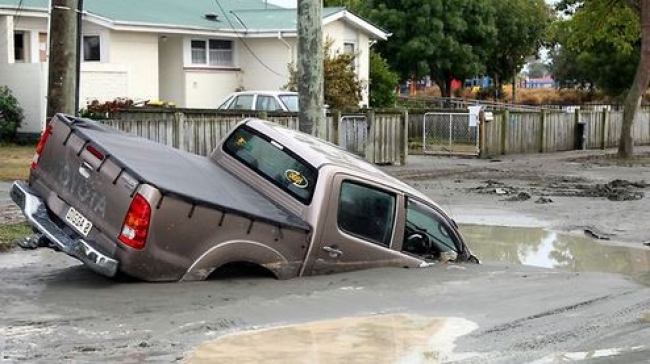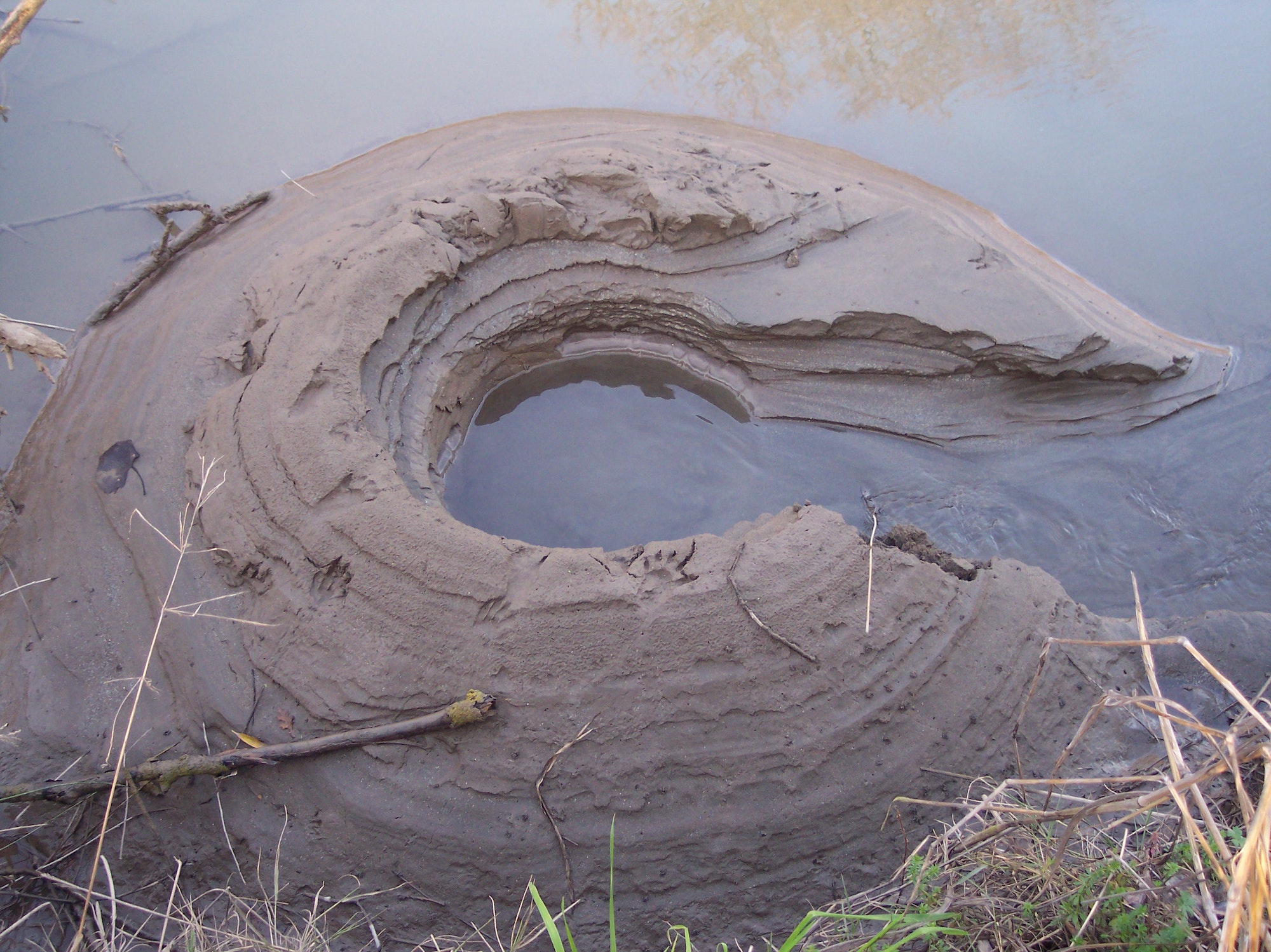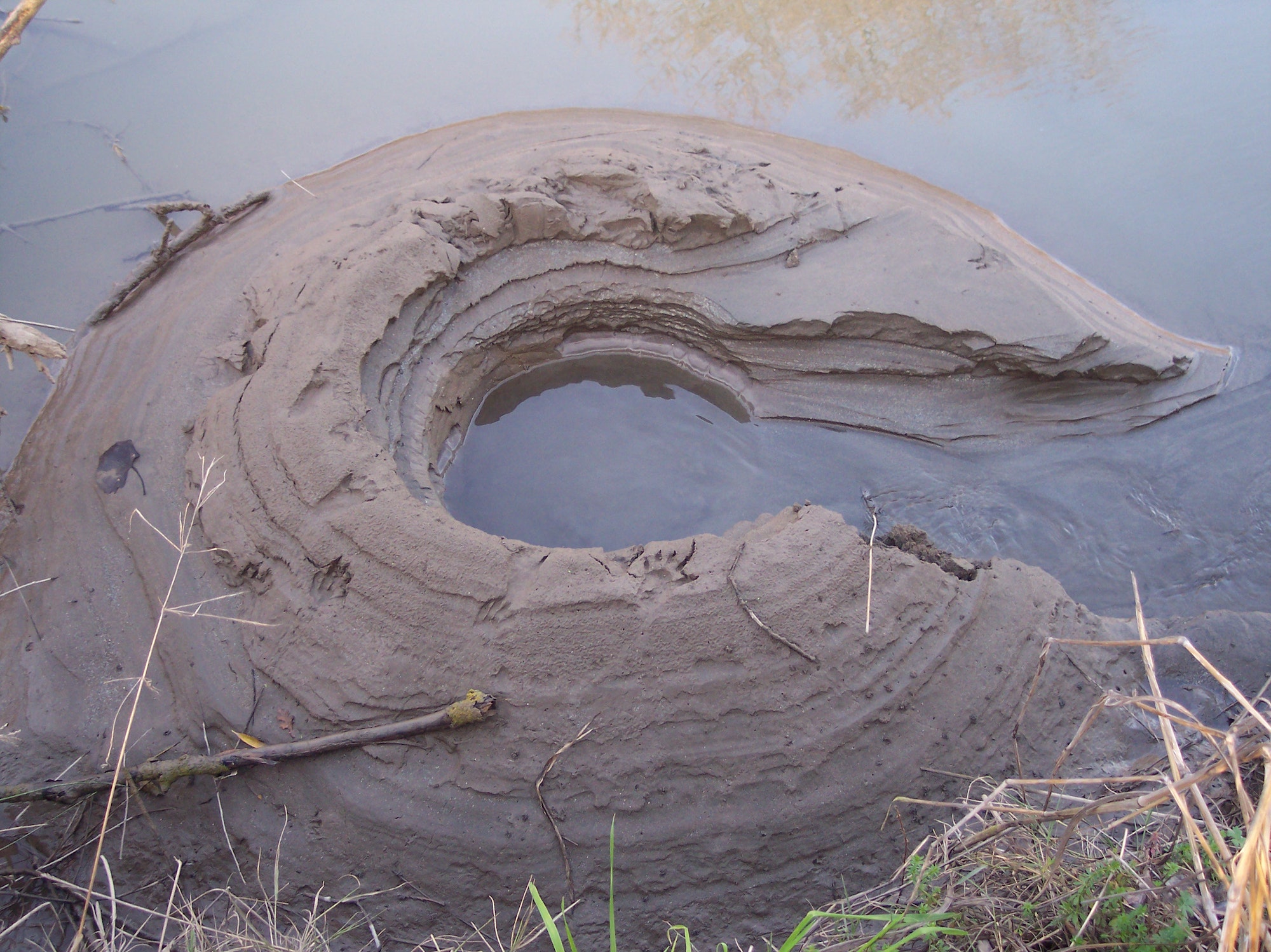The process known as soil liquefaction occurs when a block of soil suddenly begins to behave more like a liquid than a solid.
The most common scenario for liquefaction is when an applied force, such as an earthquake, increases pore pressure and reduces the effective soil stress.
Liquefaction occurs in saturated soils, where water can fill the gaps between individual particles. The weight of the buried soil rests on the structure of grain contacts that form the area before an earthquake, as water pressure is generally low at this time.
However, when an earthquake shakes the building, the weight is no longer supported by the earth's particles and the groundwater pressure begins to increase. When the soil moves, soil particles can move further and become trapped in the water. As the soil liquefies, it opens fissures in the earth, allowing it to escape and reach the surface. Ejected material often causes flooding and can cause holes in the ground.


Soil liquefaction depends on several factors.
Factors affecting soil liquefaction
- Soil type
- Saturation level
- Grain size and distribution
- Original relative density of the soil
- Vibration Properties
- Drainage arrangement
- Additional charge
- Earthquake duration
- Earthquake frequency
- Depth of soil layers
- Trapped air content
- Soil compaction
- Soils near the coast
What happens when soil liquefaction occurs?
The effective soil stress can be expressed as follows
Effective vertical stress = (vertical stress) – (pore pressure)
Soil loses its internal cohesion and behaves more like a liquid than a solid when the soil's effective vertical stress becomes negative, meaning the pore pressure is greater than the vertical stress. This can cause significant damage to structures built into the ground.
Soil liquefaction is called a secondary hazard because it is most often caused by the shaking of an earthquake.
Soil liquefaction occurs in sandy soils, soils with high porosity and large grains. Furthermore, as already mentioned, factors affecting liquefaction will dominate.
Consequences of liquefaction
Liquefaction is a serious problem in construction because it can cause, for example, the collapse of very large structures. If we are building on such soils, proper assessment should be done before starting construction and necessary precautions should be taken if we are building in the same area.
Some of the effects of soil liquefaction are as follows.
- Boiling sand
- Damage to offshore structures
- Building collapses due to settlements and tipping
- Retaining wall defects
- Development of very high lateral loads on structures such as seawalls
- Damage to pile foundations with loss of lateral support
- Surface locations
- Cracks in the foundation
- Slope erosion
- Loss of warehouse support
- Floating underground structures such as tanks
- Floating Stuck Supply Lines
- Lateral propagation; lateral soil movement and formation of large fissures


Method for determining liquefaction
The Idriss-Boulanger method is used to determine soil liquefaction potential. This is done by calculating the cyclic stress ratio (CSR) and the cyclic strength ratio (CRR).
Below are some other ways to determine soil liquefaction.
- Technical judgment based on experience
- Standard explosion test
- Soil reaction analysis and laboratory test procedures
Methods to reduce liquefaction
It is very important to take the necessary precautions when building a structure on soils prone to liquefaction. Some of the important aspects to consider in this context are the following.
- Avoid soils prone to liquefaction
- Build liquefaction-resistant structures
- Improve the soil
If we intend to build on soil prone to liquefaction, we must take one of the measures above. Let's see how we can avoid this.
How to prevent soil liquefaction
There are preventative measures that can be taken to prevent soil liquefaction. Some of the main methods are as follows.
- Using Deep Soil Mix
- Drain Pile/Drain Column Techniques
This method can reduce the development of water pressure in the pores. As mentioned, this is useful to minimize/prevent the soil from behaving like a liquid.
- Dynamic compression
Dynamic compaction is most useful when we need to compact large areas. Furthermore, this method can be used to compact the soil in deeper layers.
- Stone pillars
Stone pillars improve soil rigidity and reduce loss of soil strength due to earthquakes. Additionally, the stone pillars are resistant to exposure to water.
- Compaction and blasting processes

